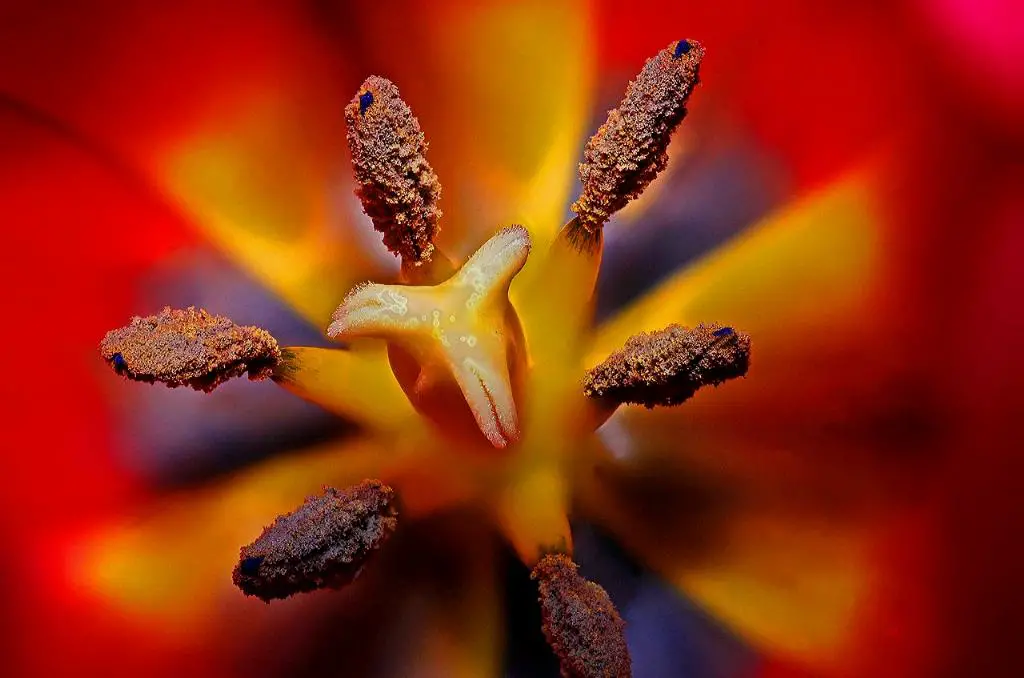When it comes to the question of whether to deadhead tulips, the answer is not as straightforward as you might think. Deadheading, the practice of removing spent flowers from a plant, can have various effects on the overall health and appearance of your tulips.
One important consideration is that deadheading tulips after flowering can help redirect the plant’s energy away from seed production and towards bulb growth. By removing the spent blooms, you are encouraging the tulip to put its resources into strengthening its bulb for the next growing season.
However, there is an exception to this rule when it comes to species tulips. Species tulips are known for their ability to naturalize and spread throughout the garden. In this case, it is best to let the tulips develop seed and scatter naturally, allowing them to multiply and create a beautiful display over time.
It is generally recommended to wait until the tulip foliage has turned yellow before cutting it back. This typically occurs around six weeks after the tulips have finished flowering. By waiting for the foliage to die back naturally, you are allowing the plant to absorb nutrients and energy for the next growing season.
Deadheading can also help maintain the overall appearance of your garden. Removing the faded blooms can prevent the plant from looking unkempt and can promote a tidier and more visually appealing landscape.
Another benefit of deadheading tulips is that it can help prevent the plant from self-seeding, which may lead to overcrowding and competition for resources among the tulip bulbs. By removing the spent flowers, you are controlling the spread of the plant and ensuring that each bulb has enough space to thrive.
When deadheading tulips, it is important to use clean, sharp pruners to make clean cuts and minimize damage to the plant. Be sure to cut the flower stalk all the way down to the base of the plant to ensure a neat and tidy appearance.
Some gardeners choose to leave the tulip foliage intact until it has completely withered away. While this may not be visually appealing, it allows the plant to continue absorbing sunlight and nutrients, which can benefit the bulb’s overall health and vitality.
Ultimately, the decision of whether to deadhead tulips depends on your specific goals for your garden. If you prioritize bulb growth and a tidy appearance, deadheading is the way to go. If you prefer a more natural look and want your tulips to multiply on their own, then leaving the spent blooms to develop seed may be the better option.
Keep in mind that proper care and maintenance, including deadheading, can help prolong the lifespan of your tulips and ensure that they continue to bloom year after year. By understanding the best practices for deadheading tulips, you can enjoy a vibrant and flourishing garden that brings beauty and joy to your outdoor space.

